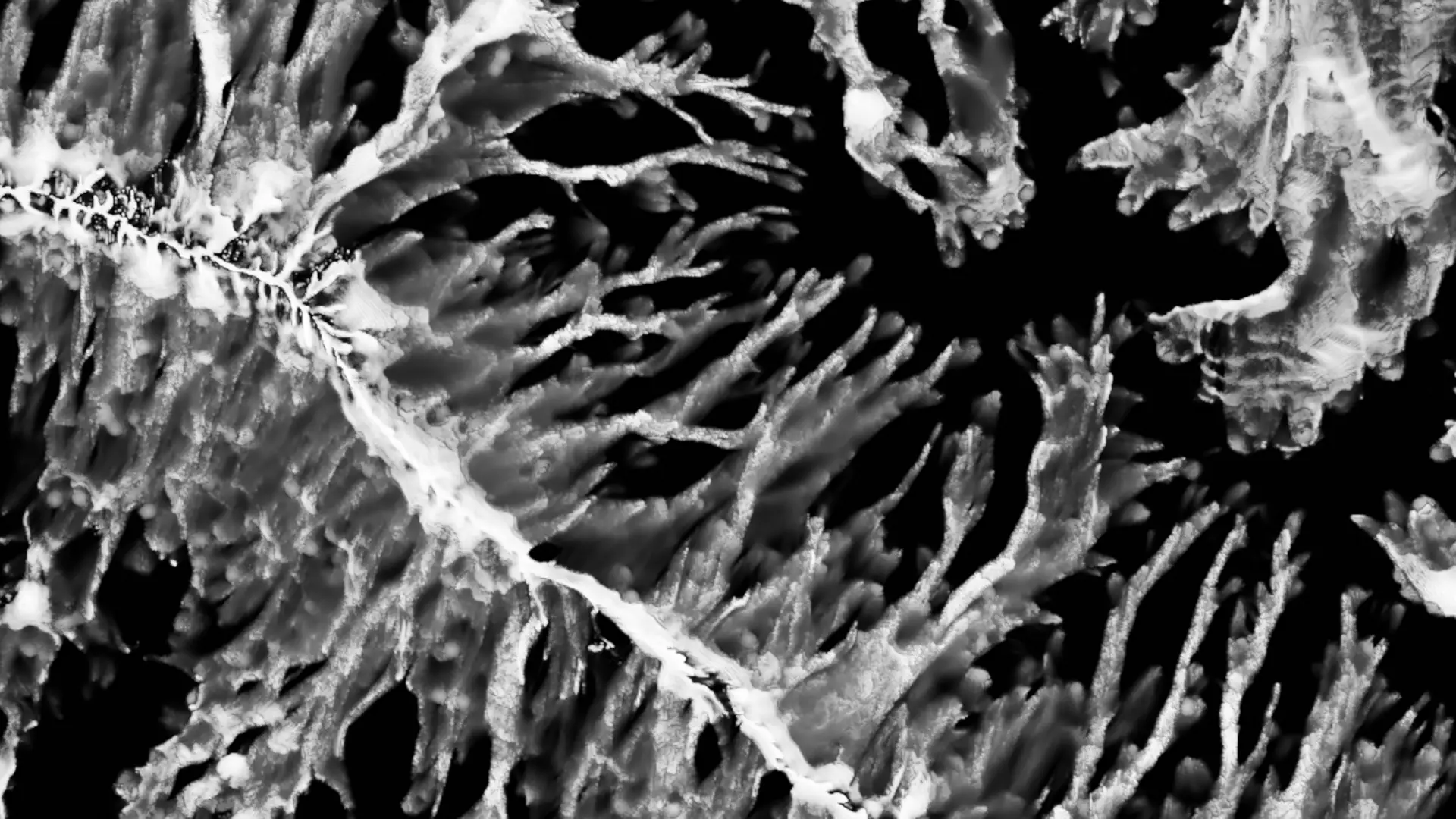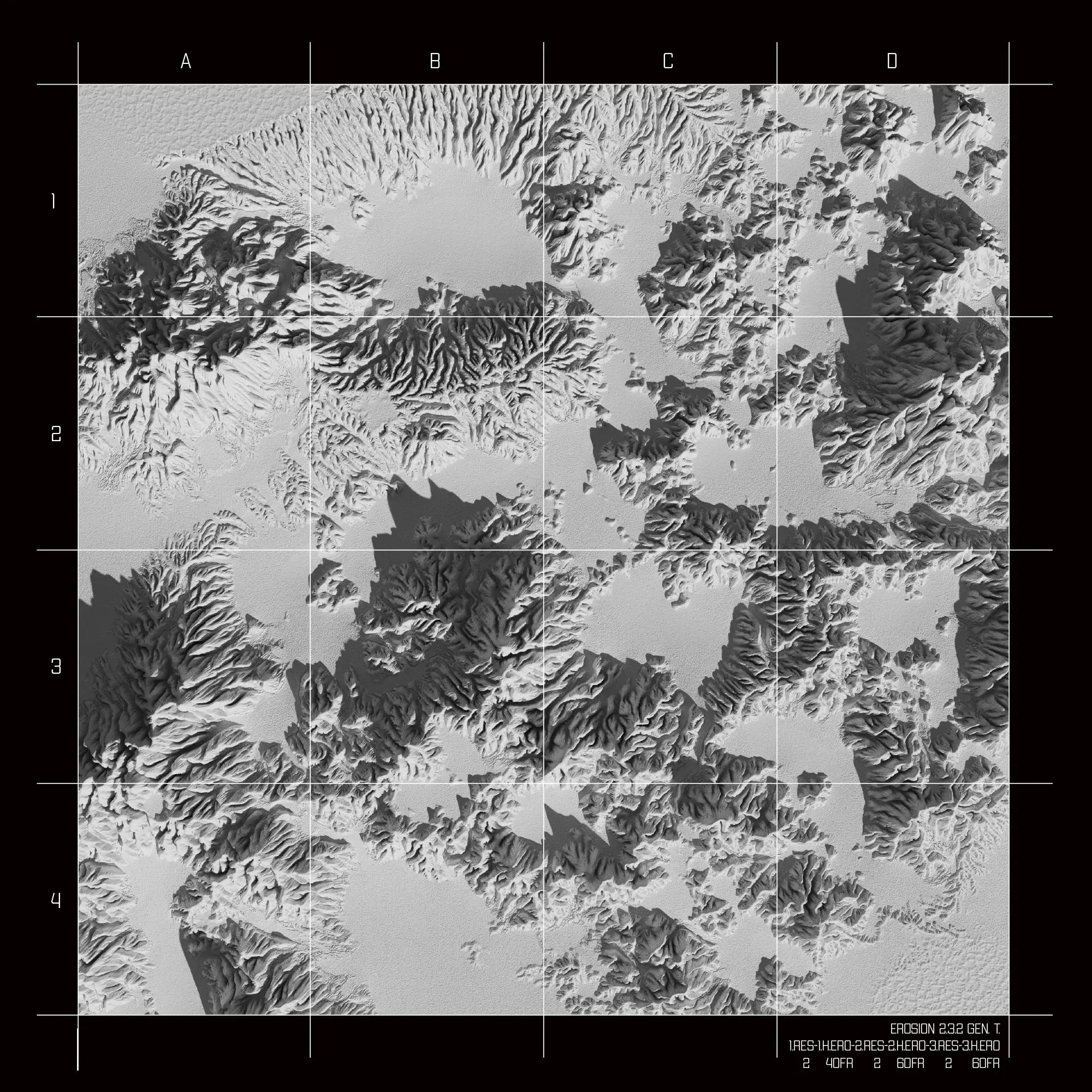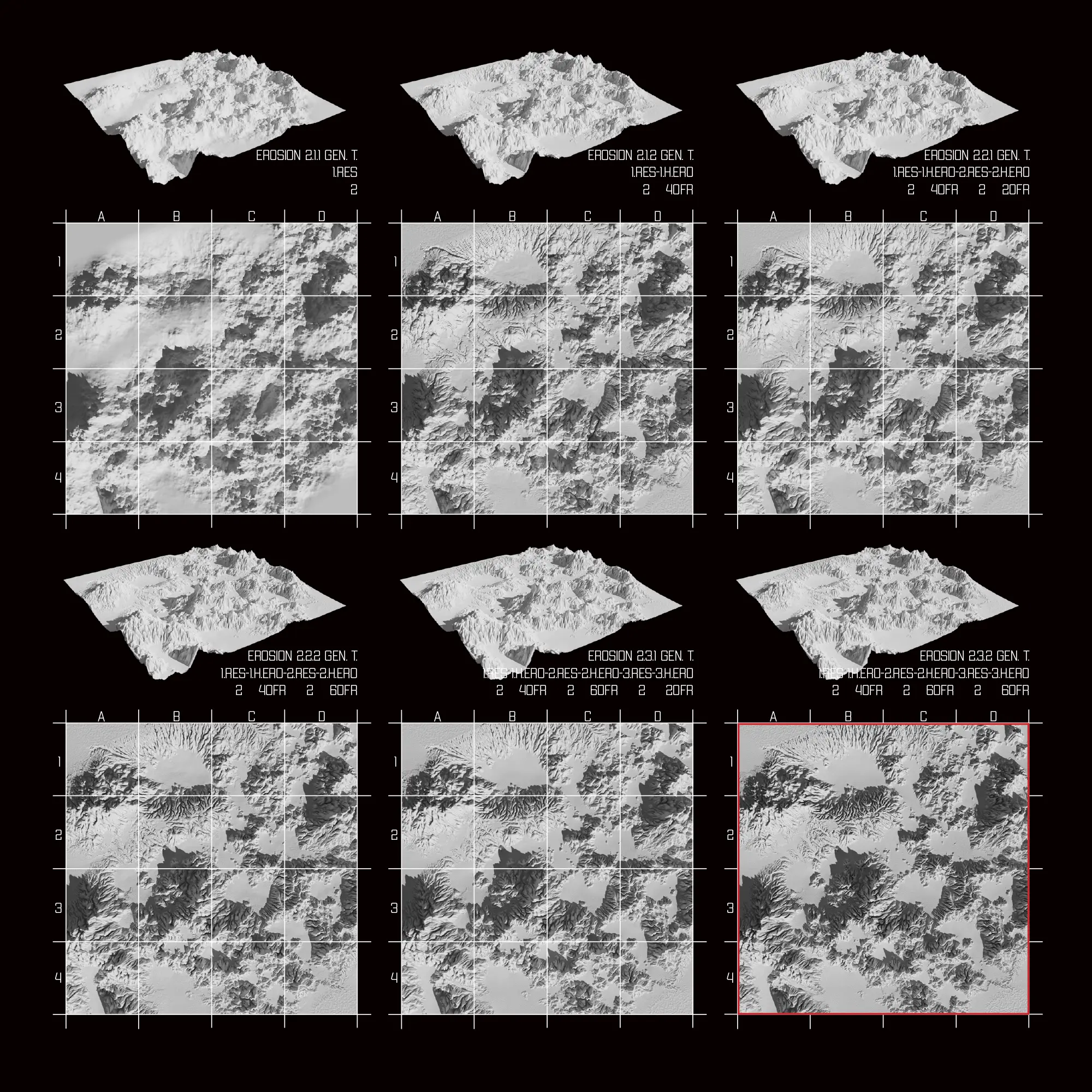Erosion
October 2019Water is also the main driving force when looking at the morphology of a landscape. Rainfall removes soil and rocks and transports it downstream to another location. This process of erosion is happening at all scales. The scale of the erosions varies by the amount of precipitation and the factor of time. Especially in areas with rainy seasons these morphological processes are happening much faster at a specific time of the year and can cause massive landslides sometimes affecting thousands of people.
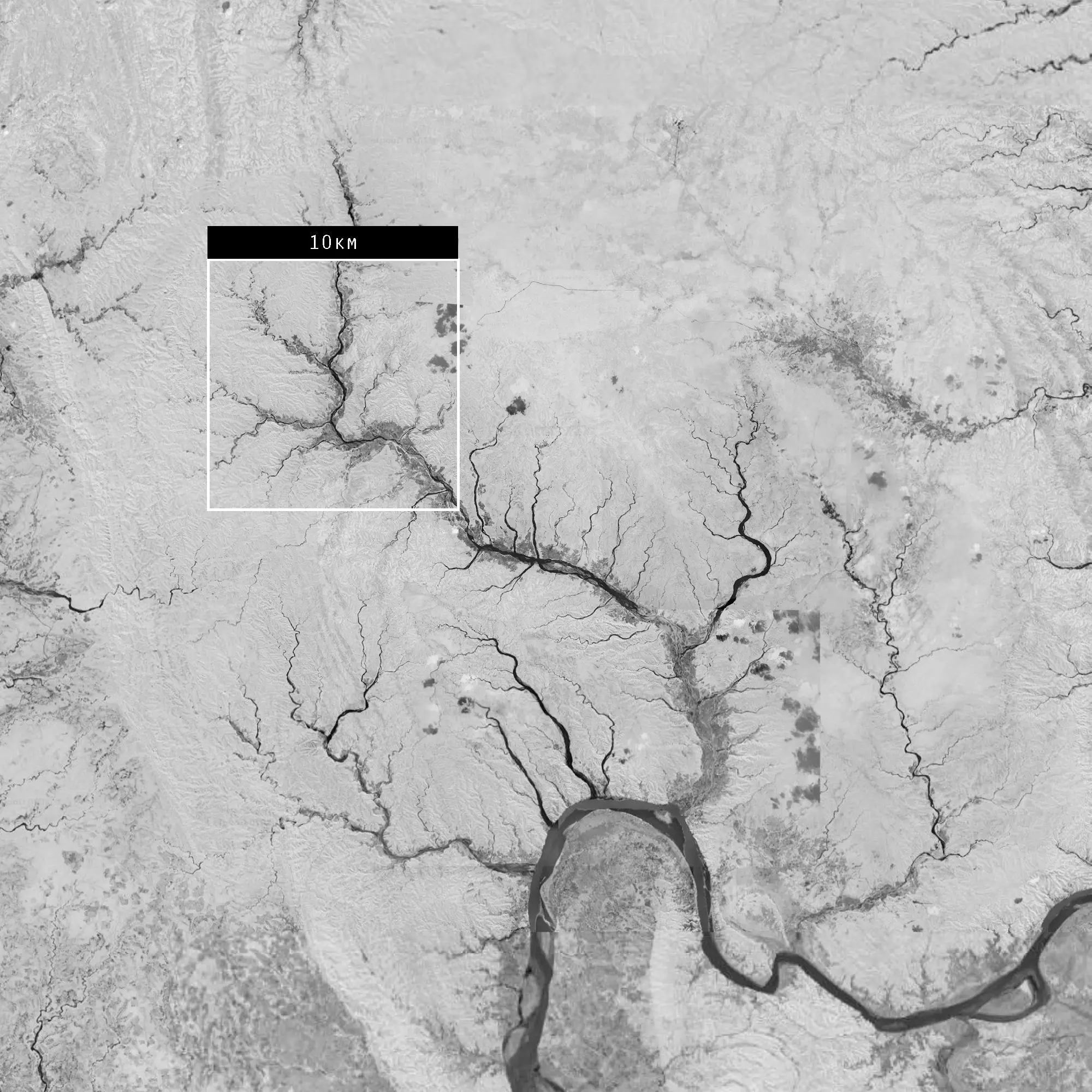
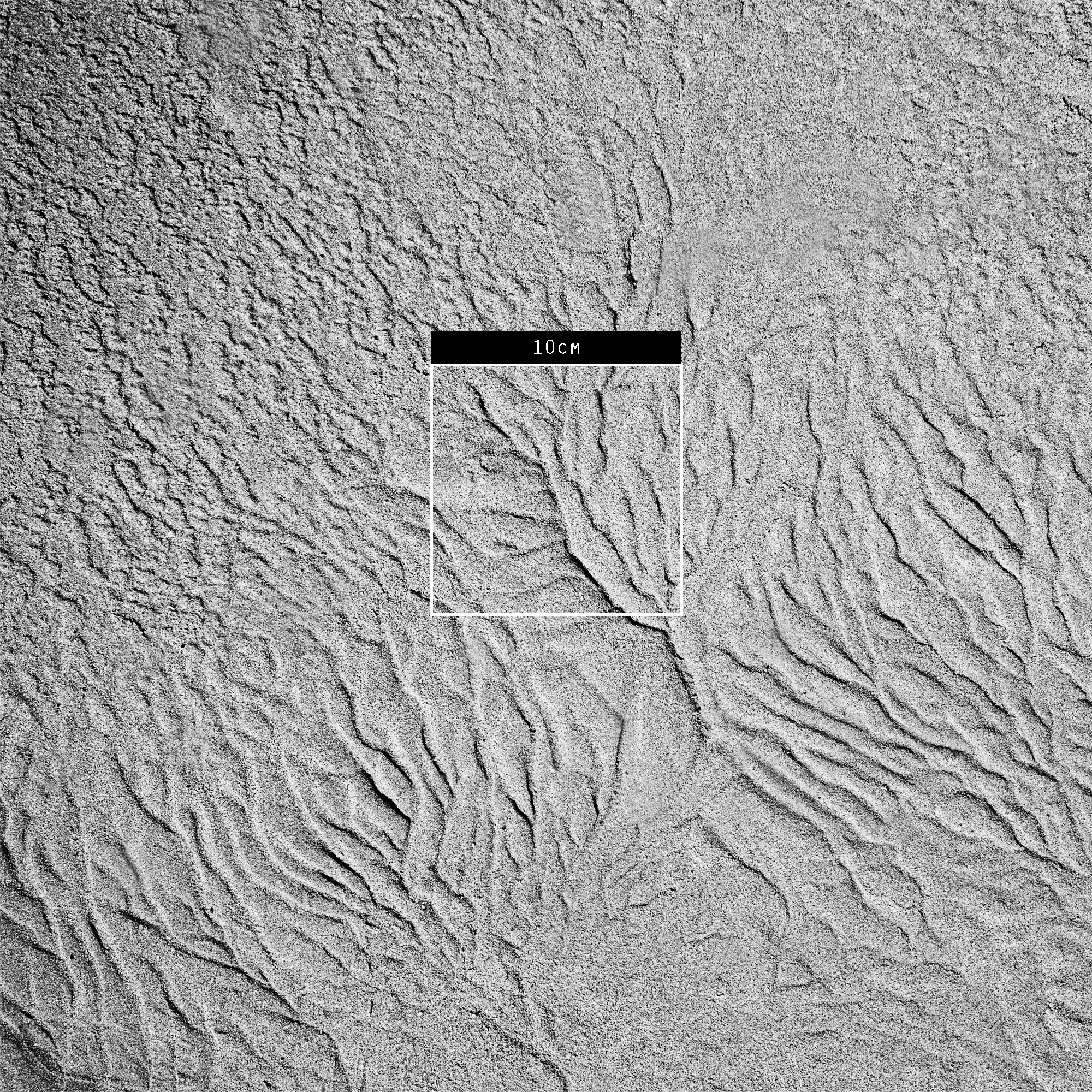
Soil erosion from croplands carries away 25–40 billion tonnes of topsoil every year, significantly reducing crop yields and the soil’s ability to regulate water, carbon and nutrients, and transporting 23–42 million tonnes of nitrogen and 15–26 million tonnes of phosphorus off land, with major negative effects on water quality (FAO/ITPS, 2015).

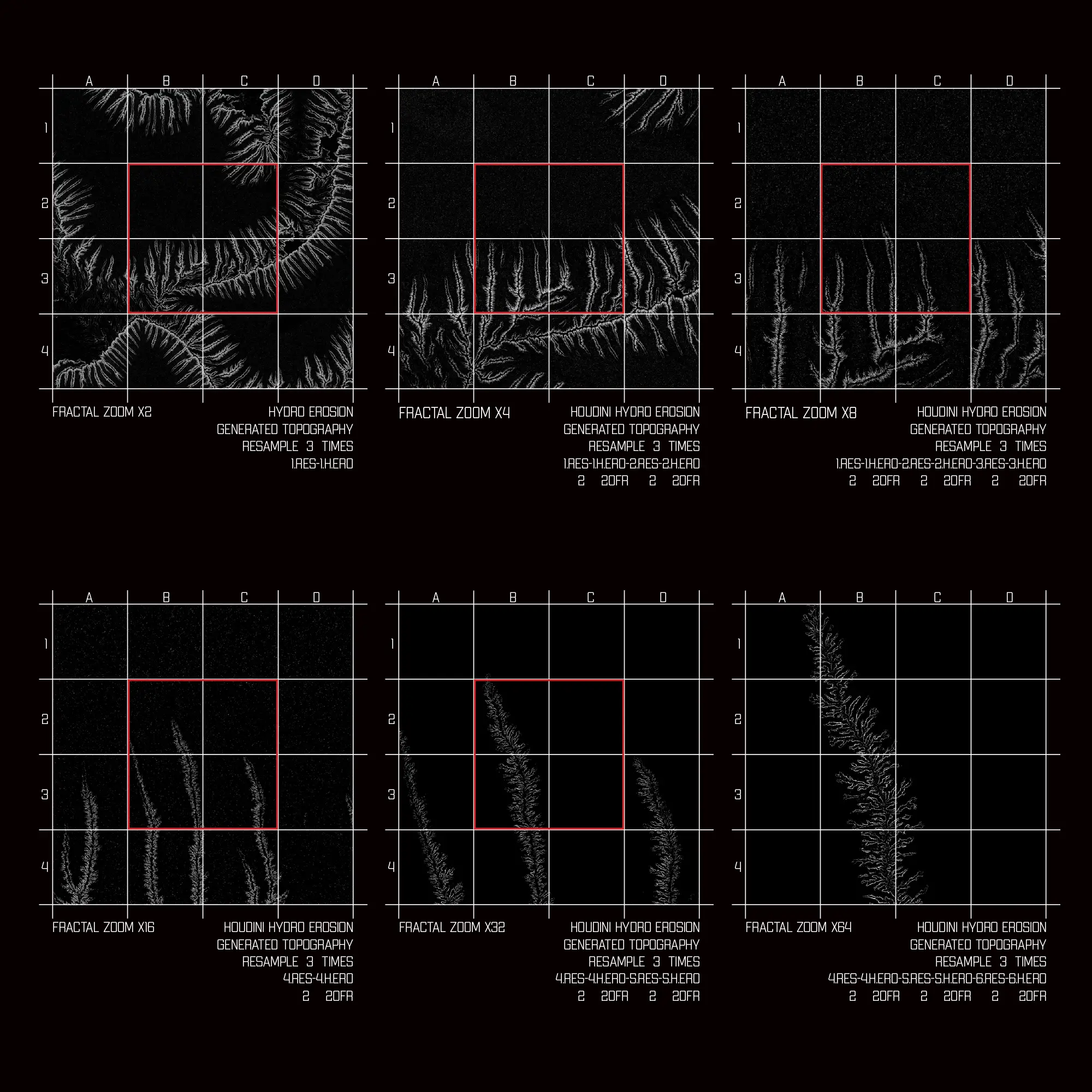
Wetlands (including rivers and lakes) cover only 2.6% of land but play a disproportionately large role in hydrology per unit area. The best estimate of reported global loss of natural wetland area due to human activity averages between 54% and 57%, but loss may have been as high as 87% since 1700, with a 3.7 times faster rate of wetland loss during the twentieth and early twenty-first centuries, equating to a loss of 64–71% of wetlands extent since that existing in 1900 (Davidson, 2014).
